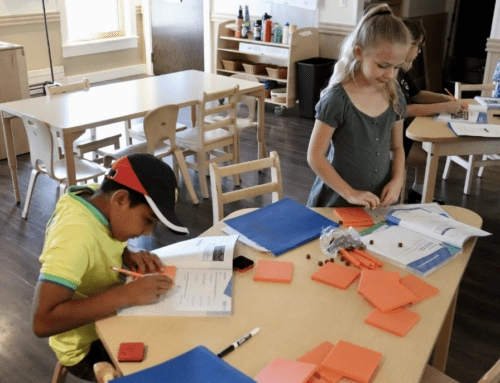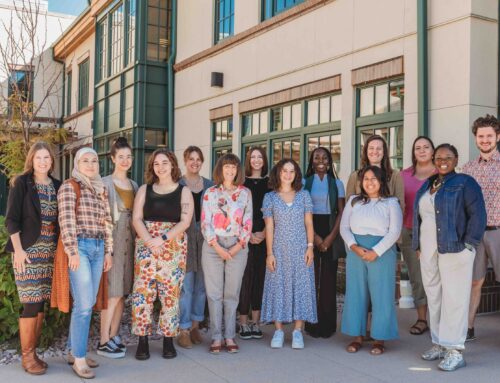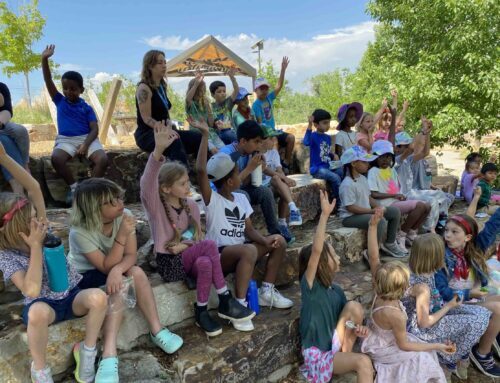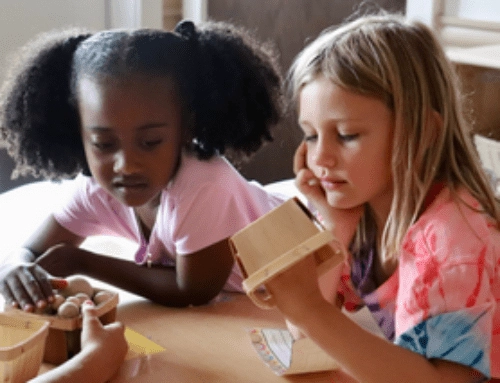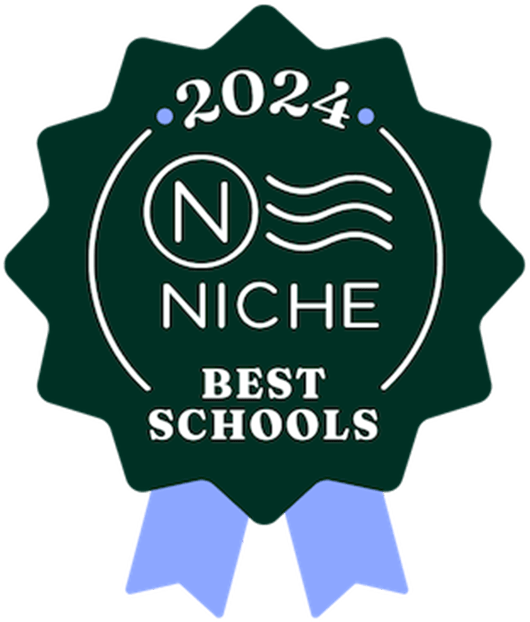Hello everyone!
Welcome to the school year! We are on week two and having so much fun. After spending more than a year preparing for this week, I am overjoyed to have the school up and running and to see our students’ happy faces each day. It has also been such fun getting to know all of our families, and I look forward to the days and weeks ahead as we come together as a community!
We had a wonderful three week onboarding process with our faculty, allowing us to develop strong relationships and agree upon a shared approach to teaching that centers around a belief in kids and in their ability to take calculated risks, challenge themselves, and solve problems independently. We began and ended each day with a community circle, just as each class does, and we explored how best to teach using an inquiry-based approach. Again, this idea relies on a belief that kids are entirely capable of asking big questions and solving big problems. It was really fun seeing teachers take their own risks as they dove into a storytelling workshop or solved a complicated math problem and discovered patterns together. By practicing inquiry themselves, they prepared to encourage their students to do it as well.

We also made sure to have some downtime with one another – unstructured time where we had a chance to wander and explore together. It’s often during this time that we make strong connections and discover new ideas. Similarly, our kids need this time as well. When we look back at our own childhoods, we often recall long stretches of time spent outdoors without our parents knowing exactly where we were or what we were doing. While this may not always be possible for our own kids for a variety of reasons, it’s imperative that we allow them unstructured time to play and explore.
Two recent opinion pieces address this topic. A recent piece in the Wall Street Journal implores us to look to schools in Finland as an example because they focus on the value of play. While our model is not based on Finnish schools, per se, we align with them philosophically in recognizing the importance of providing open-ended time. Even times that are more “academic” are significantly more effective when students can dig deep into big topics with many possible outcomes. Unfortunately, many preschool programs have become overly focused on worksheets and “skill and drill” activities, eliminating less structured time for kids to run around, play, and explore. While this focus shifted to prepare students for standardized testing, the result is instead an increase in stress and mental well-being for children and teens.
Another article in the New York Times boldly claims that “we have ruined childhood” by virtually eliminating free time for our kids. The article cites alarming statistics about the increase in depression among teenagers and children and investigates the cause. While there are many individual factors that surely contribute, the author believes it has more to do with a general shift in how we raise our kids – we’ve moved away from a more communal effort to an “every parent for themselves” attitude. Additionally, increasing pressure on parents to produce kids who are excellent in every way has pushed us to overschedule our kids in ballet lessons, extra math tutoring, and other such enrichment programming. All this, the author claims, has hindered our kids’ ability to develop independence, problem-solving skills, and resilience.

Denise Pope, co-founder of Challenge Success, an organization that works with schools to increase mental well-being among youth, is mentioned in the article. I had the chance to work with Denise at my last school and then as a coach for Challenge Success. They offer research-backed ideas for parents and schools to make sure we are helping our students engage rather than just “do school.” For schools, this means creating space and time for kids to explore hands-on, open-ended projects and issues. For families, the charge is similar – provide space and time for what Challenge Success calls “PDF”: playtime, downtime, and family time. This less-structured time helps kids increase their cognitive, physical, and mental well-being (and it’s fun!).
We are excited to partner with you to develop kids who think independently and who demonstrate grit and determination while working together to solve big problems. We can do this by giving them time and space to develop skills and knowledge through deep, meaningful exploration and play. It’s going to be a fantastic year!
Take care,
Heather, Head of School
P.s. If you’d like to read more about “PDF,” here’s a link. To read the NYT article, click here. For the WSJ article, click here.

